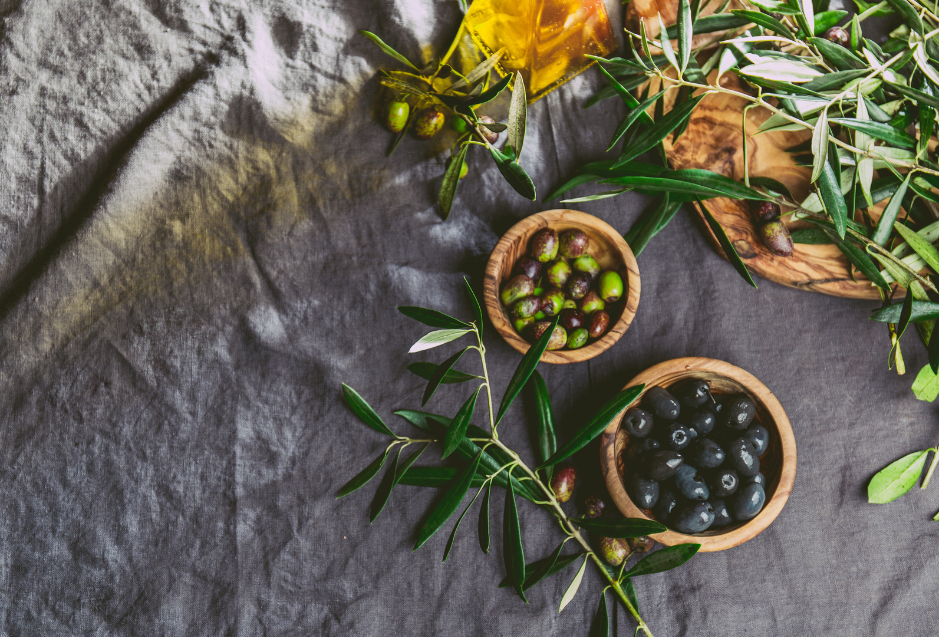Are you unsure if your bottle of olive oil has passed its prime?
Don't worry, we've got you covered!
In this informative blog post, we'll unravel the mystery of identifying whether your olive oil has gone bad and guide you on the necessary steps to take if it has.
Understanding the signs of spoiled olive oil is essential to ensure you're using only the freshest and most flavorful oil in your culinary creations.
Let's dive in and become experts in decoding the freshness of olive oil.
Check the Harvest Date
Check the back of your bottle to look at the harvest date. A good olive oil has a shelf life of 1-2 years, cooking oils up to 3 years. Once that date has surpassed, it's best not to digest the oil.
Trust Your Senses: Detecting Signs of Rancidity
Your senses can be powerful tools in determining if your olive oil has gone bad.
Start by examining the aroma – fresh olive oil should have a pleasant, fruity scent.
If it smells musty, moldy, or resembles cooking oil that has been reused, it is likely rancid.
Next, visually inspect the oil. Fresh olive oil should appear clear and golden, while spoiled oil may have a cloudy or murky appearance.
Lastly, taste a small amount. Spoiled olive oil will have an off-putting taste, often described as stale, greasy, or overly bitter.
Factors That Contribute to Spoilage
Understanding the factors that contribute to the spoilage of olive oil can help you prevent it from going bad prematurely.
Exposure to light, heat, air, and time are the main culprits.
Ensure proper storage by keeping your olive oil in a cool, dark place, tightly sealed to prevent air exposure.
Also, try to use your olive oil within a reasonable timeframe, ideally within one to two years from its harvest date, to enjoy it at its best.
What to Do if Your Olive Oil Has Gone Bad
If you determine that your olive oil has gone bad, it's important not to use it in your cooking or consume it.
Rancid oil can have an unpleasant taste and may even cause digestive discomfort.
If you choose to keep it, consider repurposing it for non-food uses.
Here are some ideas:
-
Household Cleaning: Old olive oil can be used as a natural and eco-friendly cleaner for various household surfaces. It can help remove sticky residue, polish wooden furniture, or lubricate squeaky hinges.
-
Leather Conditioner: Apply a small amount of old olive oil to a soft cloth and use it to condition and moisturize leather items such as shoes, bags, or furniture. Remember to do a patch test first to ensure compatibility with the specific leather item.
-
Garden Aid: Some gardeners use small amounts of old olive oil to shine and protect gardening tools from rust. It can also be used to coat the inside of clay pots to help prevent soil from sticking.
If you are throwing it away, remember to dispose of rancid oil properly by recycling or following local guidelines.
Summary
Knowing when your olive oil has gone bad is vital for maintaining the quality and flavor of your culinary creations.
By trusting your senses and understanding the factors that contribute to spoilage, you can ensure you're using only the freshest olive oil.
Explore our range of exceptional olive oils to experience the true essence of freshness.
Don't compromise on flavor—discover the finest award-winning olive oils today!


Comments
Absolutely spot on